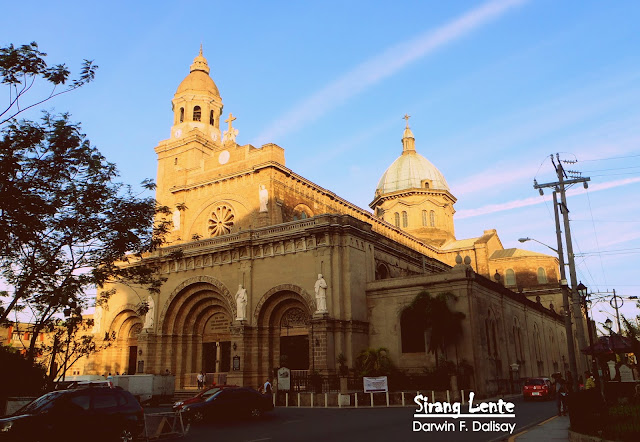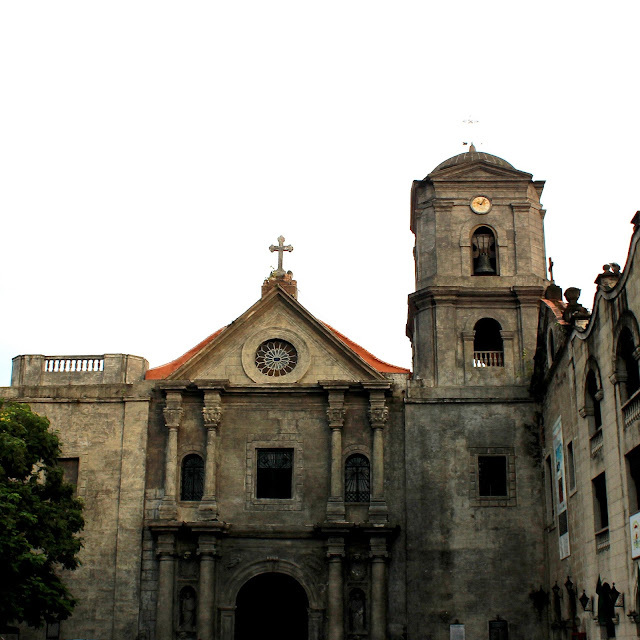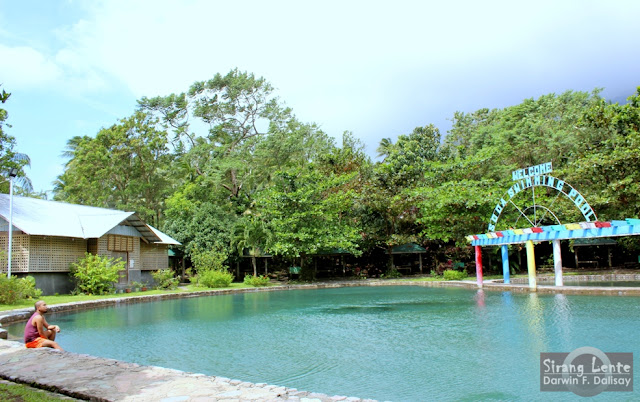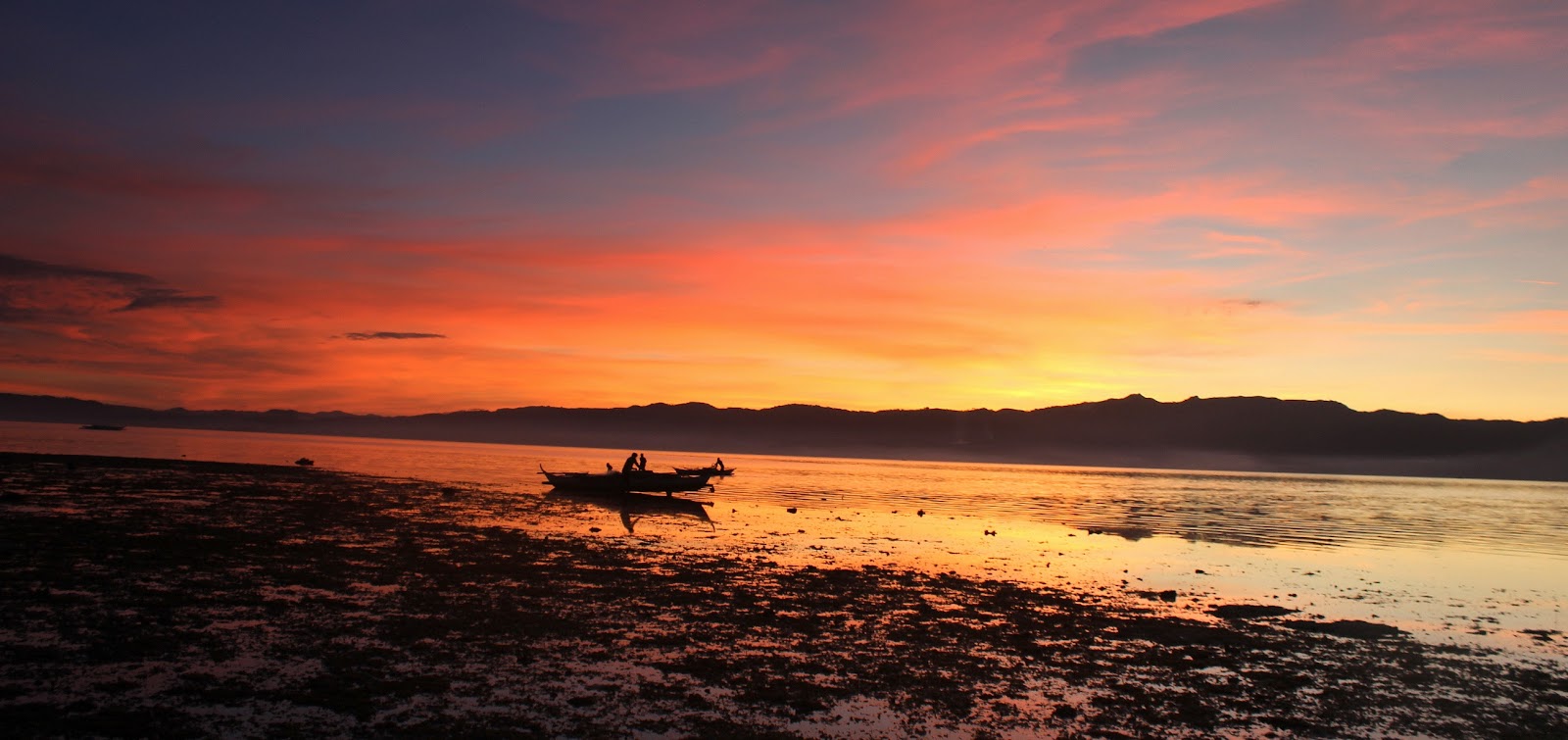San Sebastian Church or Basilica Minore de San Sebastian is a Minor Basilica in the City of Manila. The very first structure of this church is situated on a land donated by Don Bernardino Castillo, a devotee of Saint Sebastian, in 1621. It was made up of wood, but was burned in 1651. So it was then replaced by a structure made of bricks but was destroyed again by fire and earthquakes.
Manila Cathedral, Intramuros

Manila Cathedral or the Manila Metropolitan Cathedral-Basilica is situated in the district of Intramuros in Manila. Originally, this church was the "Church of Manila" which was established and under the management of the Diocese of Mexico in 1571, but later in 1579 it became a separate diocese.
San Agustin Church, Manila

San Agustin Church in Manila is considered as the oldest church in the Philippines, recognized by the NCCA and UNESCO historical landmark. Like the other old churches in the Philippines, this church faced several natural disasters like earthquakes and was burned several times. The very first structure was built in 1571 made of nipa and bamboo but was destroyed by fire during the invasion of Limahong, a Chinese pirate, in 1574. The same spot, a new structure was built and was made of wood. In 1586, a new structure made of adobe stone was constructed, lead by the Augustinians.
Cape Bojeador (Burgos Lighthouse): 2024 Travel Guide, History, Location

Cape Bojeador Lighthouse (Burgos Lighthouse) is a historical landmark and a cultural heritage erected during the Spanish era in the Philippines. It's a 66-foot-tall octagonal stone tower on Vigia de Nagpartian Hill with an overlooking scene of Cape Bojeador. This lighthouse was first designed by Magin Pers and Pers in 1887 and finished by the Lighthouse Service under Guillermo Brockman.
Sto. Niño Cold Spring, Camiguin

Sto. Nino Cold Spring is one of Camiguin’s top tourist destinations. By its name, you can easily expect for fresh and cold spring water. I had no plans to get wet, especially with the temperature of the water, it was really a NO NO. Because of its super dupper clear water, I dipped into the water and experienced how great this cold spring is. I was also stunned by the bottom of the pool, there are no silts because it is made of concrete.
Bura Soda Water Park, Camiguin

Bura Soda Water Park in Camiguin has a swimming pool with crystal-clear water. I know you're wondering why they call it Soda, it's because the water coming out from this spring tastes like a soda and it is safe to drink. Like Sto. Nino Cold Spring, this natural pool also has cool, refreshing and crystal clear water (photos below are proof).
Guiob Church Ruins, Camiguin
Another tourist destination in Camiguin is the Old Church Ruins (photo above). This
church was damaged by the volcanic eruption that happened centuries ago, damaging
the other structures on the island. The ruin is composed of meter-wide
walls and huge columns. These walls and columns are made of coral stones and
are now covered with mosses and plants.
Calle Crisologo, Vigan: 2024 Itinerary, Tourist Spots, History

Calle Crisologo is the top tourist attractions in Vigan City. Also called Mena Crisologo Street, it's named after Mena Pecson Crisologo who is the most respected sons of Ilocos. He actually wrote Mining wenno Ayat ti Kararwa which is compared to Jose Rizal's Noli Me Tangere; he is also the author of Don Calixtofaro de la Kota Caballero de la Luna and Codigo Municipal.
Ardent Hot Spring Resort, Camiguin

Ardent Hot Spring Resort was our last destination in Mambajao, Camiguin. Situated at the base of Mt. Hibok Hibok, it has a wide land area composed of trees, plants, cottages, and other structures. Tourists usually make this hot spring their last destination to soothe their tired muscles and it is really true. Spent an hour here and had a relaxing feeling while my body was submerged in the warm water.
Colon Street, Cebu City

Colon Street is said to be oldest street and shortest road in the Philippines. It was name after Christopher Columbus who bears different names (Spanish: Cristobal Colon, Italian: Cristoforo Colombo, Portuguese: Cristovao Colombo.) It was established by the Spanish arrived in Cebu in 1565, led by Miguel Lopez de Legazpi (a Spanish conquistador.) The local government erected Colon Monument in the intersection of the street.
Subscribe to:
Posts (Atom)


